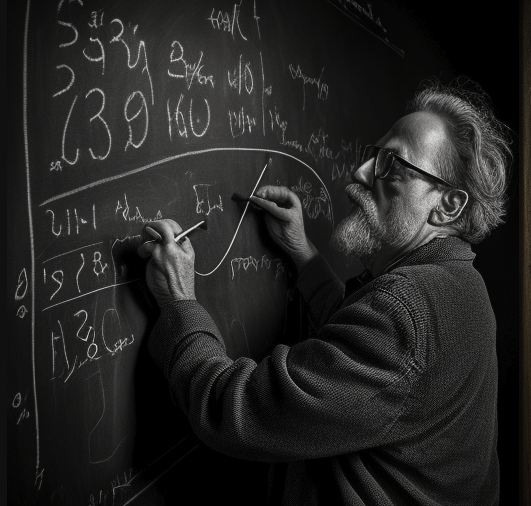
Have you ever heard from a client that the reason they make so many rounds or checks (and they seem to be proud) is to avoid mistakes in the final product?
I translate this as “reducing the probability of making a mistake” in the design of the packaging.
Well….let me tell you this:
THEY ARE LYING TO YOU
Anybody that can do statistical analysis
Designing and creating designs for packaging materials, specially for food, retail and pharma, is a complex process that involves multiple rounds of designing, checking and refinement. One might expect that with each additional round of design and checks, the probability of making a mistake decreases. However, this idea is counter-intuitive and exploring the math clearly shows how more rounds of changes do indeed lead to a higher probability of making ANY mistake. Let’s check it out, it is not too complex.
The Setup
Let’s say that the probability of making a mistake when implementing a design is 1/10, or in other words, 10% of the times a designer will make a mistake. It does not matter if this number is realistic or not. More experienced designers will make mistakes less often than more experienced ones. The numbers do not affect the calculation and are only used to showcase the scenario.
Let’s also say, that we want to know that is the probability of making ANY mistake when making 1 design round versus 4 rounds of changes. In the first case, for a single round, the probability of making a mistake is set at 10%. For the second case, the probability of making ANY mistake after 4 rounds, we need a bit of math. Don’t be afraid, it is simple.
The Proof
The probability of NOT making a mistake on any given design round is 1 – 1/10 = 9/10 (so 90%). The probability of NOT making a mistake on all four consecutive design rounds is (9/10)^4 = 6561/10000 (so 65%).
To find the combined probability of making ANY mistake, we subtract the probability of NOT making a mistake on all four consecutive actions from 1:
1 – (9/10)^4 = 1 – 6561/10000 = 3439/10000 = 0.3439 = 34.39%.
So the combined probability of making ANY mistake if you execute 4 consecutive design rounds is 34.39%.
That is more than 3 times the probability of making a mistake on a single round. This is key, so clients can understand that a well-defined brief and instructions improve the odds of nailing the design in the first round, which then reduces the probability of making a mistake on further design rounds.
Fell free to send this proof to your clients so they start sending better briefs (including accurate technical specs).
